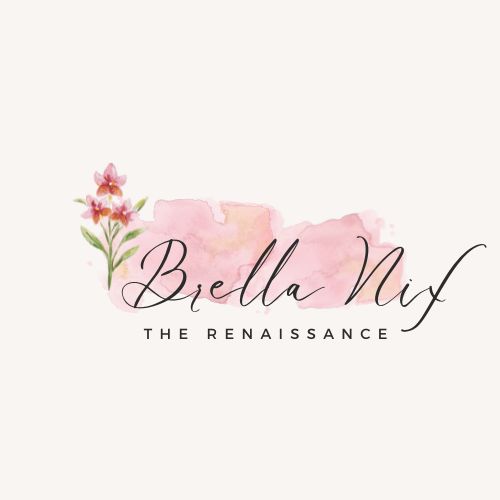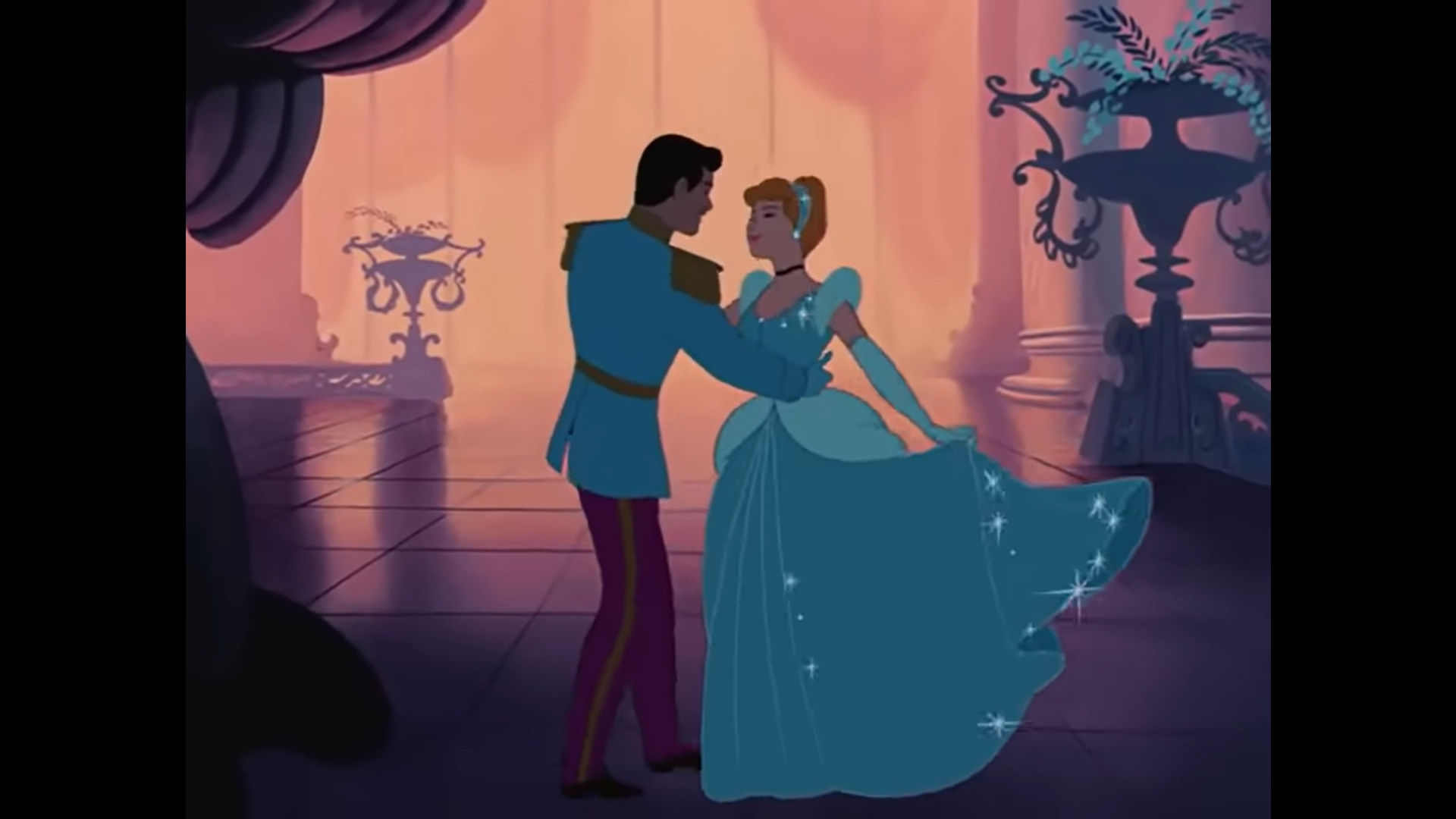The 1950 animated film Cinderella, produced by Walt Disney, is a classic fairy tale about hope, kindness, and magical transformation and a princess’ dream turns into reality The story follows Cinderella, a young woman forced into servitude by her cruel stepmother and stepsisters after the death of her father. Despite her hardships, Cinderella remains gentle and kind-hearted, finding solace in her animal friends. She never thought that her dreams would turn into reality.
Cinderella (1950) animated movie
One day, the royal palace announces a grand ball to find a bride for the prince. Cinderella wishes to attend, but her stepfamily sabotages her efforts. With the help of her Fairy Godmother, Cinderella is magically transformed, receiving a beautiful gown and a sparkling pair of glass slippers. She attends the ball, captivates the prince, and they fall in love.
However, the magic wears off at midnight, and Cinderella flees, leaving behind one glass slipper. The prince uses the slipper to search for her throughout the kingdom. Eventually, he finds Cinderella, and they are reunited. The movie ends with Cinderella and the prince getting married, symbolizing the triumph of kindness, love, and dreams coming true. The princess turns her dreams to reality. The movie Cinderella (1950) is a must watch for all age group.
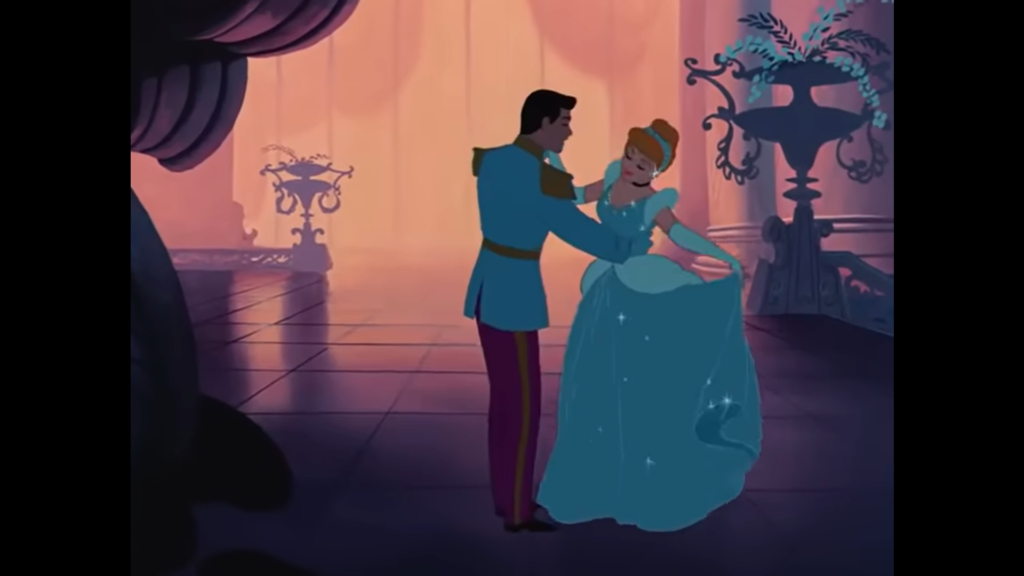
The 1950 Disney animated film Cinderella is an adaptation of the classic fairy tale that centers around the theme of hope, perseverance, and the power of kindness. The story begins by introducing Cinderella, a young woman living with her wicked stepmother, Lady Tremaine, and her two spoiled stepsisters, Anastasia and Drizella. After the death of her father, Cinderella is forced into a life of servitude, treated as a housemaid by her cruel stepfamily. Despite her circumstances, Cinderella remains kind, patient, and maintains a positive outlook on life.
Cinderella’s only friends are the animals in and around the household, including her loyal dog Bruno, a group of mice led by Jaq and Gus, and several birds. The mice and birds, in particular, assist her in her daily chores and provide emotional support. Cinderella’s optimism is rooted in her belief that one day her dreams will come true, despite her hardships.
Meanwhile, in the royal palace, the King is eager to have his son, the Prince, marry and provide an heir. To this end, the King organizes a grand ball and invites every eligible maiden in the kingdom, hoping that the Prince will fall in love and choose a bride. Cinderella longs to attend the ball, but her stepmother and stepsisters mock her and prevent her from going by overloading her with work and tearing apart the dress she plans to wear. The dress was lovingly made by her animal friends, but her stepfamily’s cruelty destroys her last hope of attending the ball.
At her lowest moment, Cinderella’s Fairy Godmother appears, bringing magic and hope back into her life. With a wave of her wand, the Fairy Godmother transforms a pumpkin into a grand carriage, Cinderella’s ragged clothes into a stunning ball gown, and her shoes into sparkling glass slippers. The Fairy Godmother warns her that the magic will only last until midnight, so she must return home before the spell is broken.
Cinderella arrives at the royal ball and immediately captures the attention of everyone, especially the Prince. They dance together, and the Prince is enchanted by her beauty and grace, unaware of her true identity. As the night progresses, Cinderella and the Prince fall in love, but as the clock strikes midnight, Cinderella is forced to flee the palace in a hurry, leaving behind one of her glass slippers in her haste.
The Prince is determined to find the mysterious woman he danced with, and the next day, he orders a kingdom-wide search, using the glass slipper to identify her. Every maiden in the kingdom tries on the slipper, but it fits none of them. When the royal servants arrive at Cinderella’s home, her stepmother locks her in her room to prevent her from trying on the slipper. However, with the help of her animal friends, Cinderella escapes and presents herself just in time to try on the glass slipper. It fits perfectly, revealing her as the Prince’s beloved.
Cinderella and the Prince are reunited, and they marry, fulfilling her long-held dream. The movie ends with a classic “happily ever after,” as Cinderella’s kindness, resilience, and belief in her dreams are rewarded with love, happiness, and a new life at the palace.
The film remains one of Disney’s most iconic works, celebrated for its beautiful animation, memorable songs, and timeless message that no matter how difficult life becomes, dreams can come true if you have a brave heart and courage, kindness and humility, and a little bit of magic.
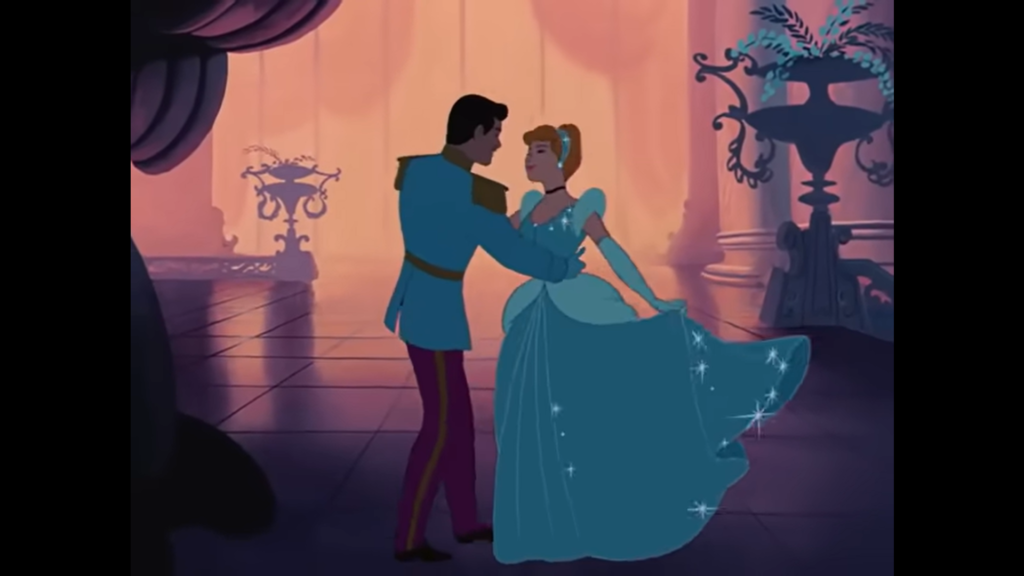
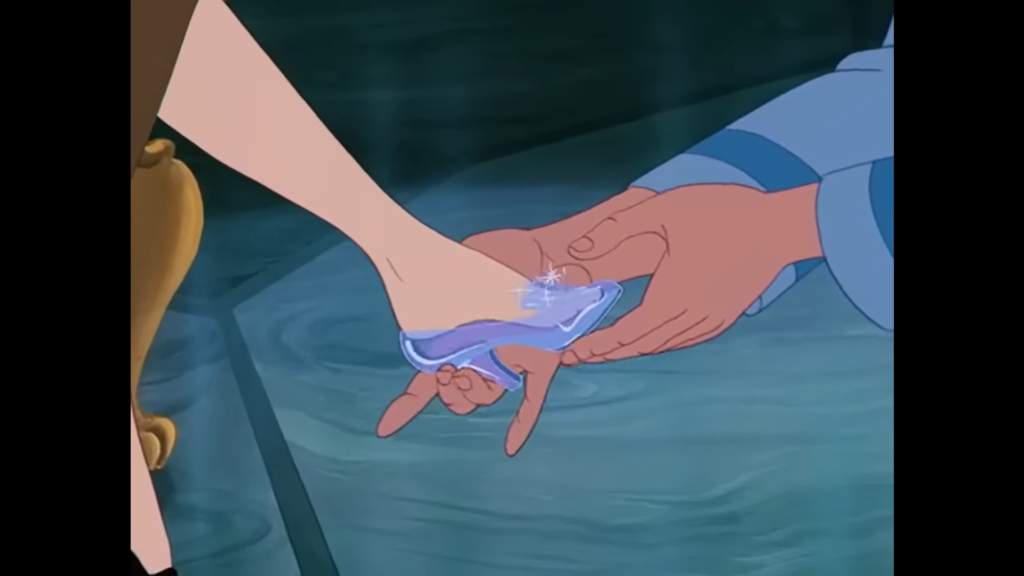
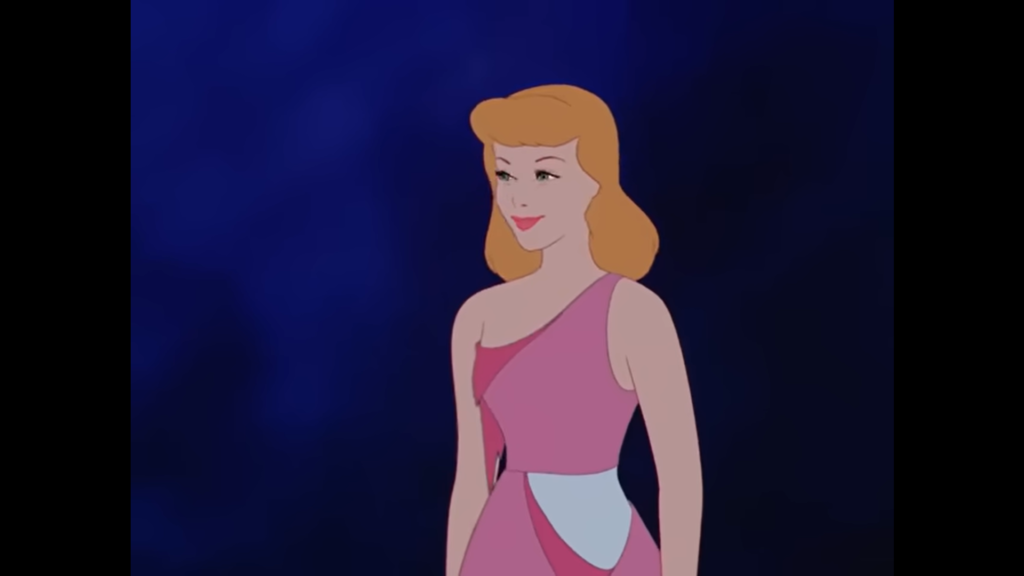
The 1950 Cinderella movie by Disney explores several key themes that resonate throughout the story. These themes have made the film a timeless classic:
1. Hope and Dreams
At the heart of Cinderella is the belief in dreams and the power of hope. Despite her harsh circumstances, Cinderella never loses faith that her situation will improve and that her dreams will come true. This theme is encapsulated in the song “A Dream is a Wish Your Heart Makes,” which emphasizes the importance of holding onto dreams, even in difficult times.
2. Kindness and Inner Beauty
Cinderella’s character is defined by her kindness, patience, and gentle spirit. Despite the cruelty she faces from her stepfamily, she remains compassionate and caring, particularly toward animals and those in need. The movie promotes the idea that true beauty comes from within, and that kindness is a form of strength. It is ultimately her good heart, not just her physical appearance, that leads to her happy ending.
3. Good vs. Evil
The film portrays the classic battle between good and evil, with Cinderella and her fairy godmother on the side of good, and her stepmother and stepsisters embodying selfishness and cruelty. Cinderella’s goodness eventually triumphs over the mistreatment she endures, highlighting the theme that good will ultimately prevail over evil.
4. Transformation and Renewal
Cinderella’s transformation from a servant in rags to a princess in a beautiful gown is one of the film’s most iconic moments. This physical transformation represents a deeper renewal, as Cinderella’s hope and belief in magic are rewarded. The movie suggests that change is possible, and even the bleakest situations can be turned around through faith, magic, or opportunity.
5. Perseverance and Resilience
Cinderella demonstrates perseverance in the face of adversity. She is mistreated, overworked, and emotionally abused, but she never gives up. Her resilience allows her to maintain hope, and in the end, it is this strength of character that leads her to her “happily ever after.”
6. Fate and Destiny
The concept of fate is a subtle but important theme in Cinderella. Her meeting with the Fairy Godmother and the events at the ball suggest that some things are meant to happen. The Prince finding the glass slipper and ultimately Cinderella herself is portrayed as a fated moment, as if destiny had a hand in bringing them together.
7. Class and Social Mobility
Cinderella’s rise from servant to princess touches on themes of class and social mobility. The film reflects a fairytale version of breaking societal barriers, as Cinderella transcends her humble beginnings and enters a life of royalty, suggesting that one’s current status does not define their future.
These themes, combined with the movie’s magical elements, create a story of inspiration, encouraging audiences to believe in the power of dreams, kindness, and perseverance
